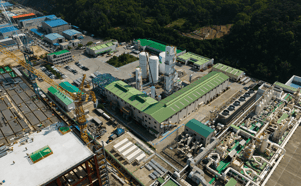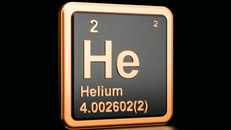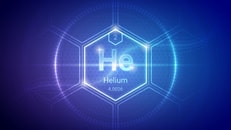Pulsar continues to probe Minnesota’s helium potential amid rising demands
Over the past 25 years, US helium production has halved, dropping from an estimated 118 million cubic meters in 1999 to 59 million in 2023, even as demand surged to its highest level in over a decade.
What industries are relying on the supply? Well, there are a few, but the aerospace, electronics, and medical sectors are the biggest consumers. These consumers are having to secure their supply and ensure the continuation of critical operations.
Until recently, the US was the largest supplier of helium, with the world’s largest stand-alone repository, the Federal Helium Reserve. Earlier this year, the Federal Helium Reserve was privatised but is a former shadow of itself, once holding over 44 billion cubic feet (bcf) of helium but since plummeting to approximately four bcf today.
Read more: Bureau of Land Management accepts Messer’s bid for helium system takeover
... to continue reading you must be subscribed





















